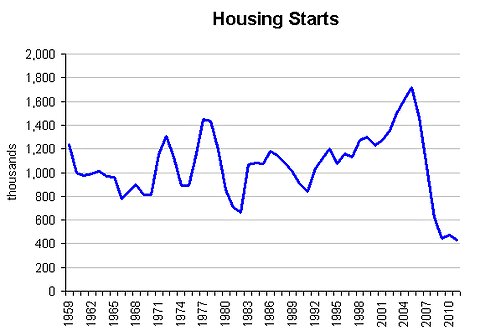The United Nations population division said this summer that fertility rates in many developing countries had not slowed as the U.N. had expected. As a result, it revised its forecast of the world population in 2100 upward by 700 million people, to 10.9 billion.
Two years earlier, the U.N. had made an even larger revision, raising the forecast from 9 billion. And in its 2008 forecasts, global population was set to peak around 2070 and then begin to fall. In the latest forecast, there is no peak in sight.
“What we have been finding, when we have looked at all of the data,” said Barney Cohen, the chief of the U.N.’s populations studies branch, “is that our previous projections were a little too optimistic. Fertility in Africa is not coming down as rapidly as we thought it would.”
Africa accounts for nearly all the increased forecast for 2100 — about 600 million — and Latin America accounts for 100 million more. The U.N. forecasts for Europe and North America were reduced from previous ones.
But it is possible that the U.N.’s latest forecast is too pessimistic. An analysis of population trends by Sanjeev Sanyal, the global strategist for Deutsche Bank, concludes that population growth is likely to be much slower than the U.N.’s estimate.
“In our view, global fertility will fall to the replacement rate in less than 15 years,” Mr. Sanyal wrote. “Population may keep growing for a few more decades from rising longevity but, reproductively speaking, our species will no longer be expanding.” He forecasts that world population will peak in around 2055, at 8.7 billion, and decline to 8 billion by the end of the century.
The fertility replacement rate — the number of children per woman needed to keep the population level over time — is usually considered to be 2.1. Mr. Sanyal says that in the developing world, it is higher, because of higher infant mortality and maternal death in childbirth. For the world as a whole, he thinks the current replacement rate is about 2.27, a figure that will come down gradually over time.
The spread between the latest U.N. forecast and Deutsche Bank’s for 2100 — 2.8 billion people — is greater than the entire population of the world in 1955.
“Developed countries have long had low birthrates, but the largest declines in fertility are in developing countries, with the Chinese, Russians, Koreans and Brazilians no longer reproducing themselves,” Mr. Sanyal wrote.
Even if Mr. Sanyal turns out to be right, some developing countries seem likely to face explosive growth. In Nigeria, Mr. Sanyal says the fertility rate — the number of children born to an average woman during her life — is about six, more than four times than the rate in Japan. He thinks that rate will come down more rapidly than the U.N. expects, but still forecasts that the country will have 521 million people by the end of the century, an increase from about 160 million in 2010. The U.N. forecast is 914 million.
The accompanying charts show the two forecasts for nine major countries. They agree in many ways. By the end of the century, both forecasts see population falling in China, India, Germany, Japan, Russia and Brazil. The bank thinks there will also be declines in the United States and France by then, while the U.N. forecast has both countries continuing to grow, albeit at declining rates. Both forecasts expect the British population to have leveled off.
There is, of course, no way to be sure what will happen. A major epidemic could throw all forecasts off. Some developed countries have started campaigns to raise fertility, with only limited success so far.
But a world with falling populations in many countries — and with the number of people of working age declining even more rapidly — could lead to major changes. Retirements are likely to occur later, and it is at least conceivable that some countries will even compete for immigrants. “Many countries are beginning to welcome skilled immigrants,” Mr. Sanyal said in an interview, adding that Germany was increasingly open to those whose skills were not as high.
Mr. Sanyal is skeptical about one widespread forecast — that demand for health care will expand rapidly as populations grow. He says many of the older people are likely to be healthy, and notes that with fewer children, there will be less demand for health care from the young.

Floyd Norris comments on finance and the economy at nytimes.com/economix.
Article source: http://www.nytimes.com/2013/09/21/business/uns-forecast-of-population-growth-may-be-too-high.html?partner=rss&emc=rss

